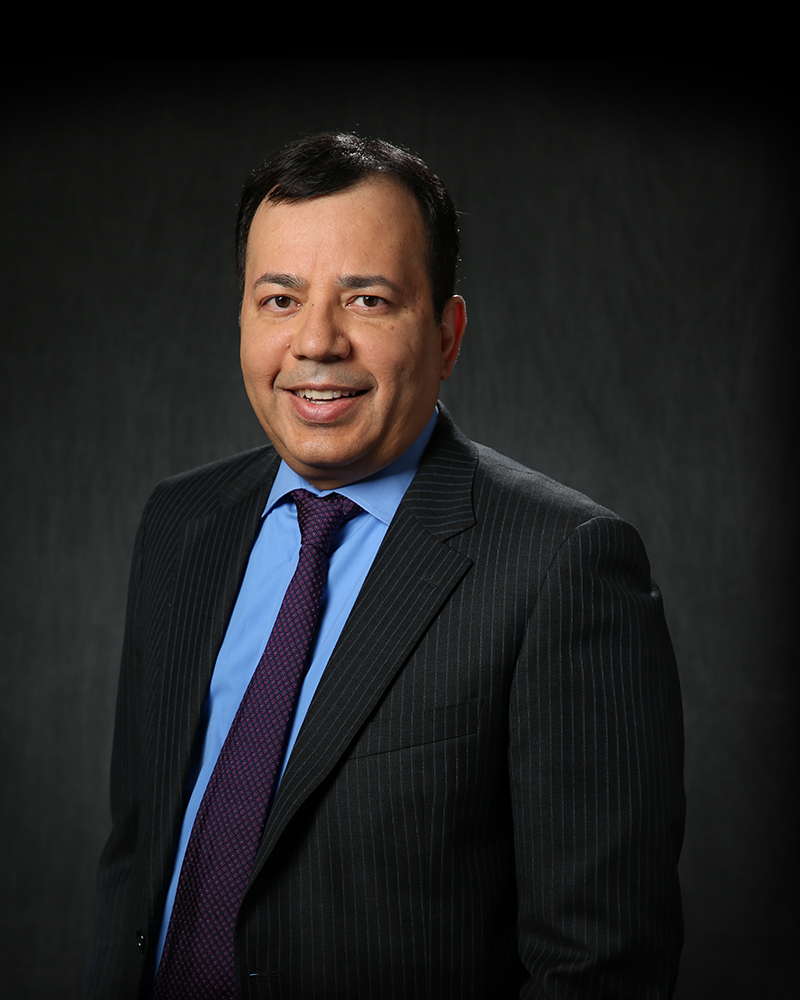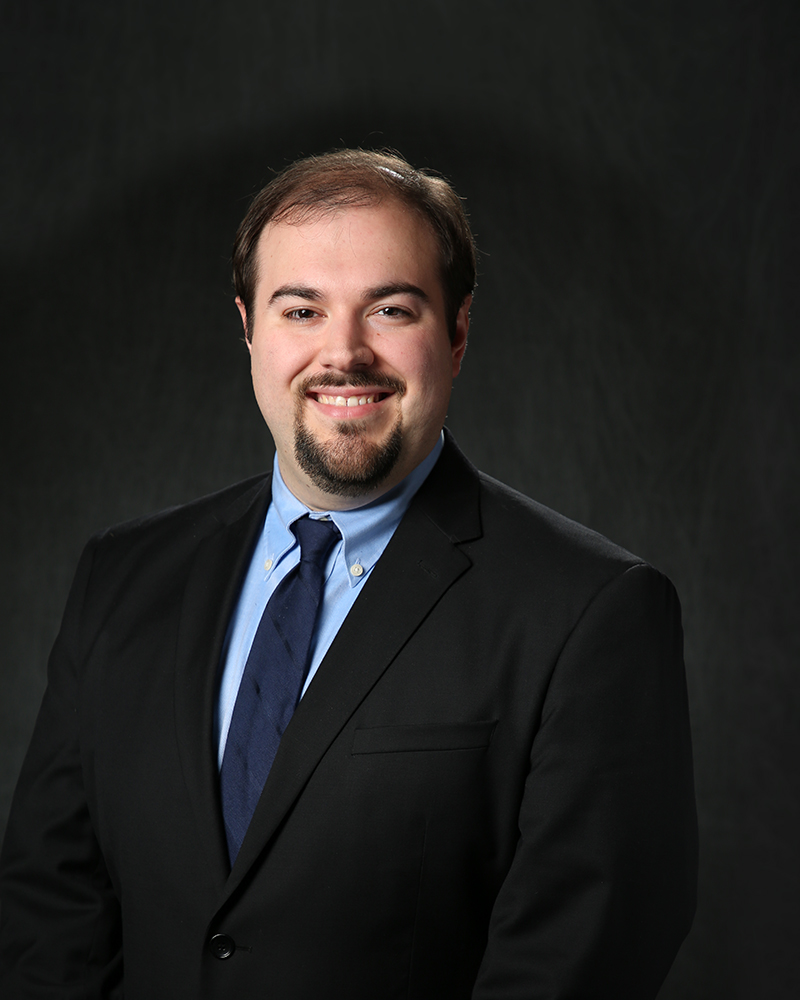The “on-sale bar” in the America Invents Act (AIA) is no different regarding so-called “secret sales” than the bar that existed before the passage of that legislation, the Supreme Court ruled recently. In its decision in Helsinn Healthcare S.A., v. Teva Pharmaceuticals USA, Inc., the Court concluded “an inventor’s sale of an invention to a third party who is obligated to keep the invention confidential can qualify as prior art under §102” of the AIA.
The speed with which the unanimous decision came down, a mere seven weeks after oral arguments, indicates it was not a close call, says James Sanner, an associate in Leydig’s Chicago office.
“The justices looked at the revised language in Section 102 and were simply unconvinced that the change was enough to justify a different interpretation,” he says.
Read More
Before the AIA, 35 U.S.C. §102 barred the patentability of an invention that was “patented or described in a printed publication in this or a foreign country or in public use or on sale in this country, more than one year prior to the date of the application for patent.”
The AIA amended §102 to bar the patentability of an “invention [that] was patented, described in a printed publication, or in public use, on sale, or otherwise available to the public before the effective filing date of the claimed invention.”
At issue in Helsinn Healthcare was the effect of the “otherwise available to the public” language in the post-AIA version of §102. Helsinn, as well as the government, had argued that this phrase means that a sale now must make the invention’s details available to the public to trigger the “on-sale bar.”
Writing for the Court, Justice Clarence Thomas noted that the Court’s pre-AIA “precedents suggest that a sale or offer of sale need not make an invention available to the public.” As such, “The addition of ‘or otherwise available to the public’ is simply not enough of a change for us to conclude that Congress intended to alter the meaning of the reenacted term ‘on sale.’”
Taken in conjunction with the Federal Circuit’s 2016 decision in The Medicines Co. v. Hospira, Inc., this case further clarifies how small companies with limited resources should structure arrangements with third parties when seeking help manufacturing a product, says Salim Hasan, a shareholder in Leydig’s Chicago office.
“If you cannot file a patent application first and you want to avoid any issues with the on-sale bar when contracting with a company to produce your product, do not sell the product to that company,” Hasan says. “Instead, one solution is to enter into a manufacturing services agreement. By doing so, a company can outsource its manufacturing without worrying about triggering the on-sale bar.”
One difference in the amended section is that a sale no longer needs to be in the U.S. to trigger the on-sale bar.
“Since the AIA removed the qualifier ‘in this country,’ Helsinn paves the way to expand the universe of secret sale prior art under the AIA,” Hasan says.


